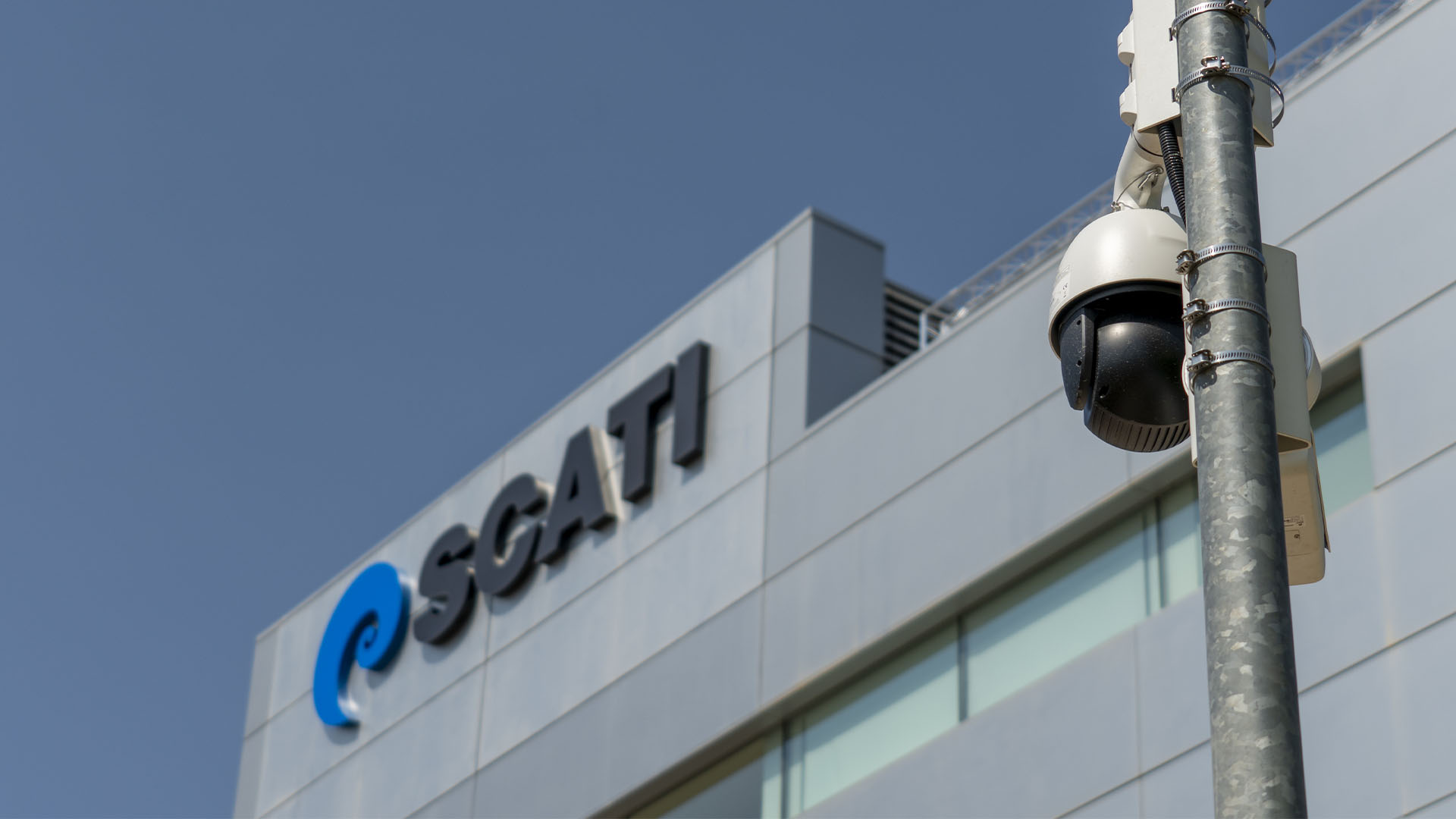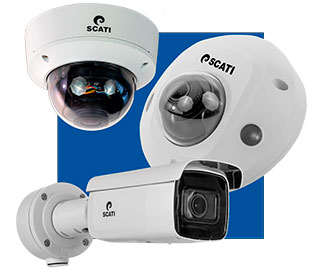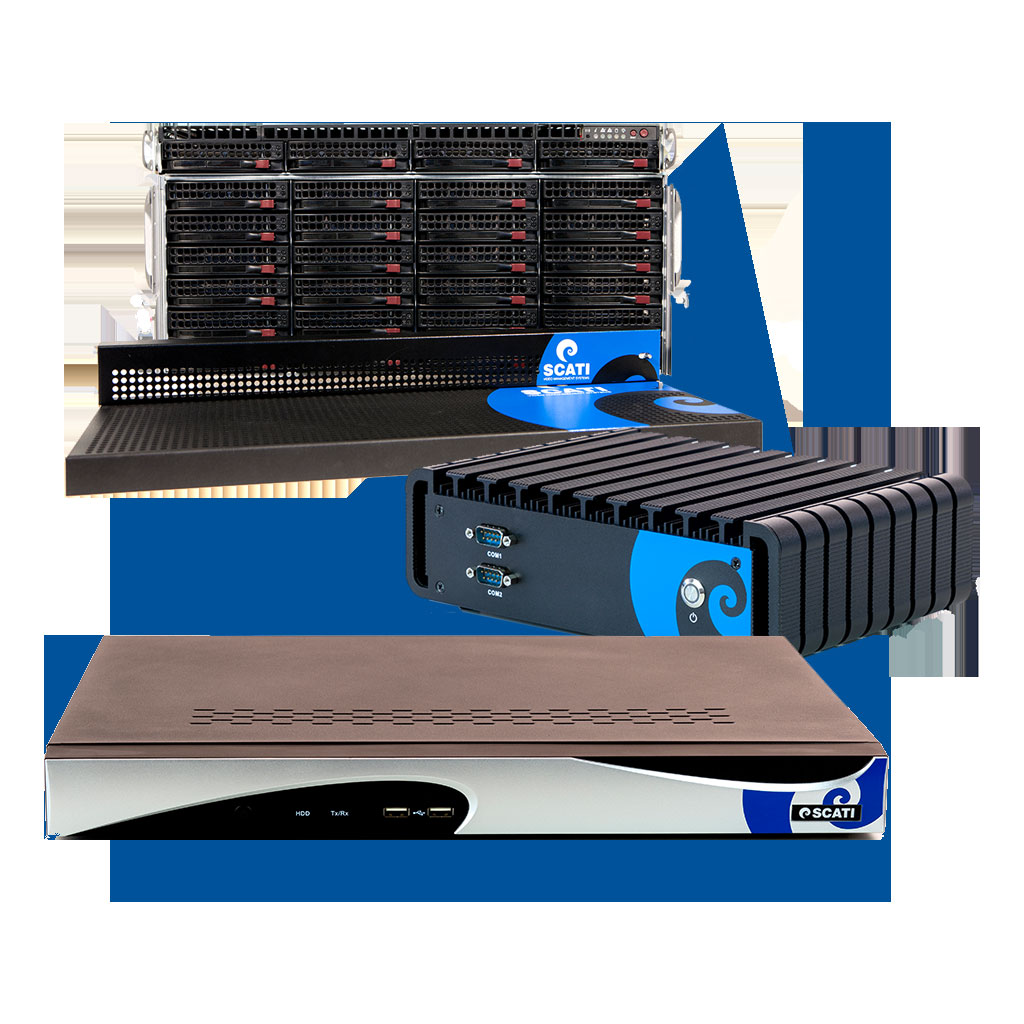Closed Circuit Television Systems (CCTV) are fundamental in the security and operation of several companies. Thanks to technological advances and the integration of artificial intelligence, its relevance is increasing.
In this article we tell you everything there is behind a CCTV system: from the elements that compose it to its key functions, which can transform the management of any business.
What is CCTV and what does it mean?
CCTV(Closed Circuit Television) is a surveillance system that uses video cameras to transmit signals in real time to specific monitors. Unlike broadcast television, CCTV is a closed system, accessible only to authorized persons.
Hence, its main use is for surveillance in private properties, establishments, offices, factories and public areas that require constant monitoring and a solid security strategy.
What is CCTV for?
CCTV systems have evolved beyond simple surveillance, becoming strategic tools for process optimization and security in multiple sectors. In the logistics field, they make it possible to supervise the traceability of goods in real time, guaranteeing efficiency and minimizing losses. In industrial environments, they facilitate the monitoring of production and compliance with safety regulations, reducing operational risks.
In the transportation sector, video surveillance systems optimize fleet management and traffic control, providing key data to improve mobility and road safety. In retail, they provide detailed analysis of customer behavior, enabling businesses to personalize the shopping experience and improve the layout of retail space.
The integration of advanced technologies, such as artificial intelligence and Big Data, has transformed these systems into predictive solutions that not only detect incidents in real time, but also anticipate risk patterns, helping companies make strategic decisions based on accurate, real-time data.
What types of CCTV are there?
We could mainly distinguish between two types of CCTV:
- Analogs
- Digital or IP
IP equipment is the most up-to-date on the market. Thanks to new technologies applied in CCTV systems, they now offer high resolution, can create automated alerts and provide the possibility of cloud storage.
As a result, security operators can optimise the time they spend on surveillance and significantly increase their productivity.
What equipment makes up a CCTV?
A CCTV system has certain basic components that, when interconnected, make its operation possible.
The main components of a CCTV are:
Cameras
IP video surveillance cameras are the most visible component of any CCTV system. The choice depends on specific needs, such as resolution or discretion.
Monitors
They allow real-time viewing or recordings.
Transmission systems
They send video data from cameras to display and storage devices.
These comprise not only the network infrastructure, which connects cameras, monitors and recording equipment, but also the protocols and technologies used to ensure that transmission is fast and secure.
Recording equipment
Network video recorders (NVRs) are responsible for storing and managing recordings.
These devices often include integrated video management software (VMS) that provides analysis tools and centralized management. This is why it is important how to choose a VMS.
Integration of Artificial Intelligence in CCTV systems
Artificial Intelligence has revolutionized video surveillance, enabling CCTV systems not only to record images, but also to interpret the environment in real time. Thanks to advanced algorithms, cameras can identify patterns, detect anomalies and generate automatic alerts without human intervention.
At SCATI we integrate AI into our solutions to offer predictive and strategic video surveillance systems that go beyond security and empower business decision making.
Application of Big Data in video surveillance systems
The integration of Big Data in video surveillance systems has made it possible to transform large volumes of data into strategic information for companies. Tools such as SCATI RECKON centralize and manage data from cameras, recorders and third-party systems, converting it into customized graphics and dashboards that facilitate decision-making.
By combining video technology with powerful tools from Big Datatools, companies can ensure security, streamline processes, optimize resources, reduce response times and maximize the profitability of their facilities.



